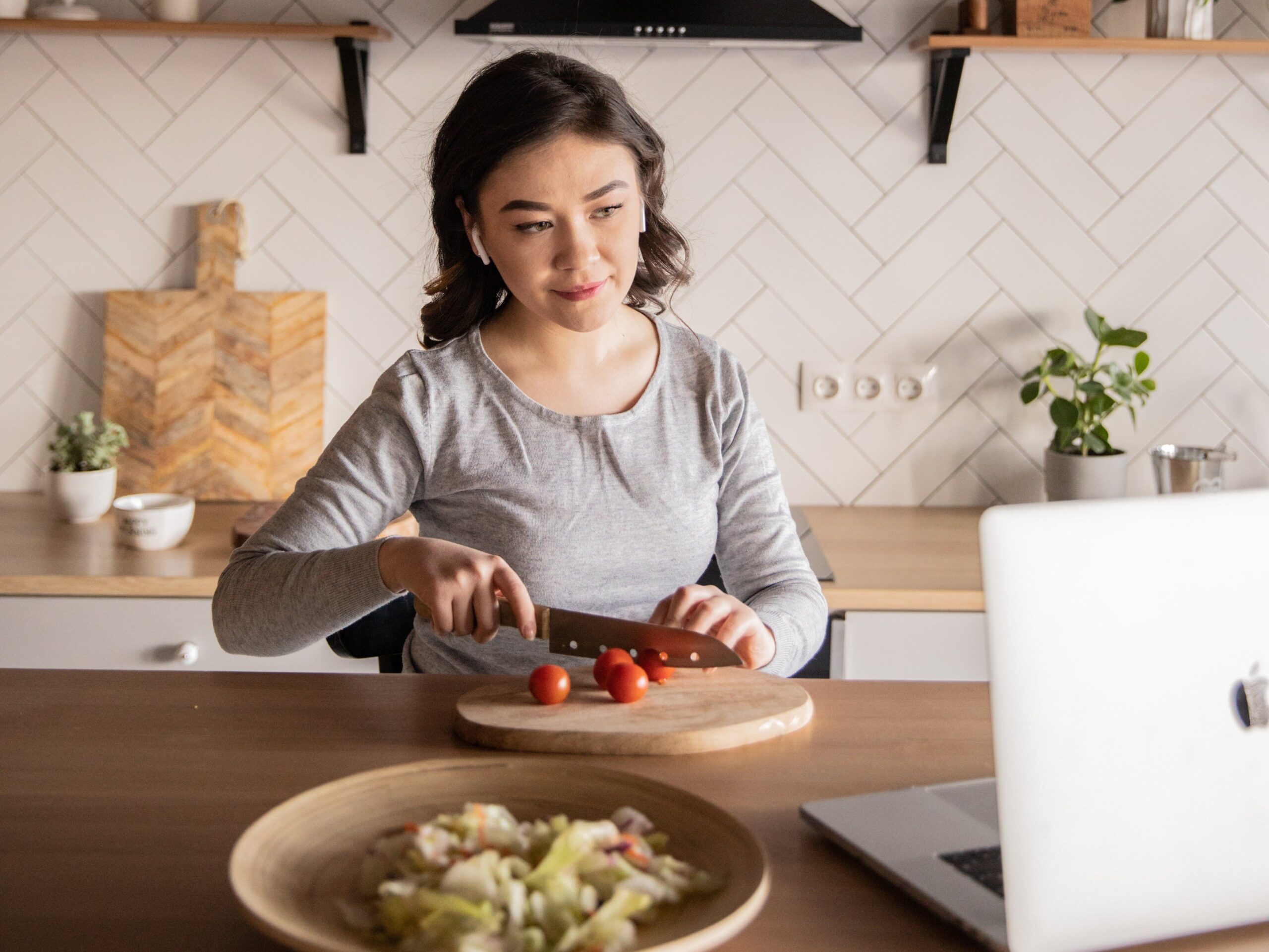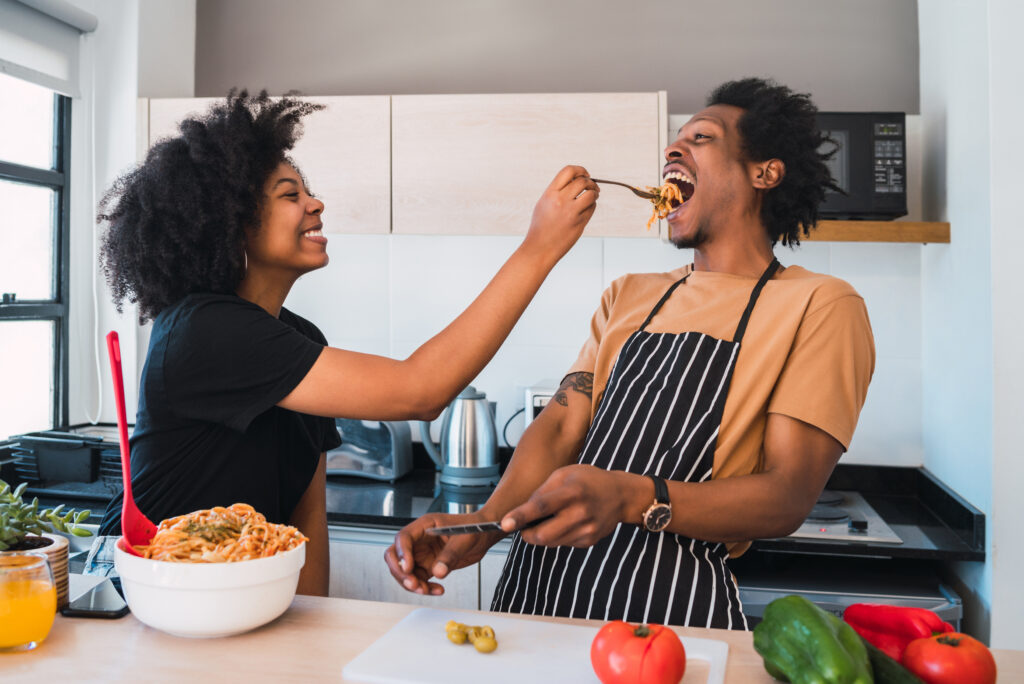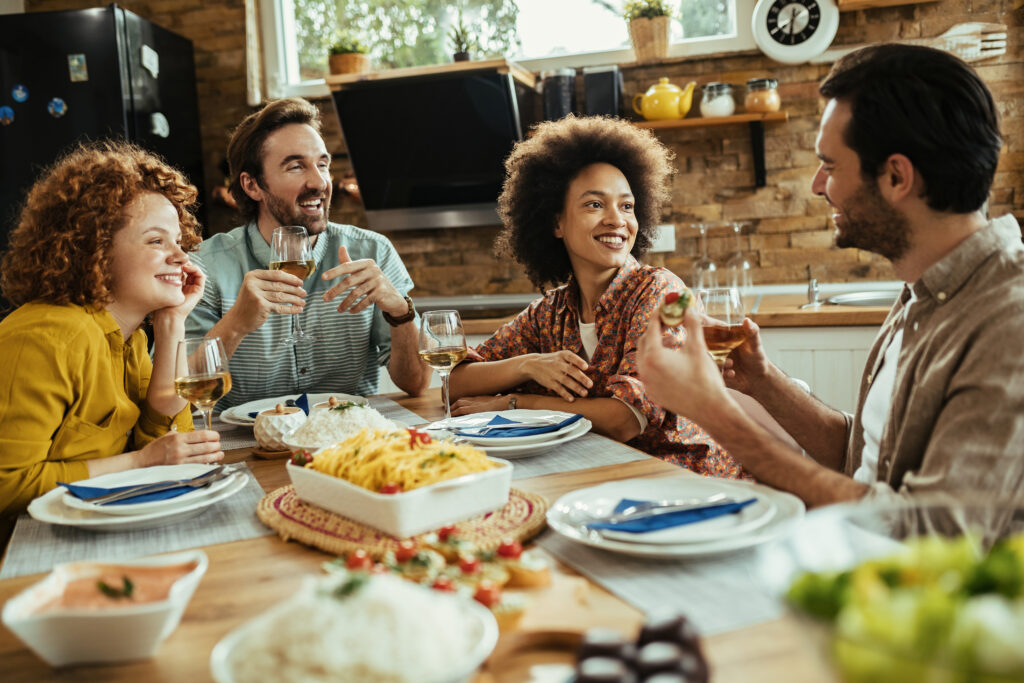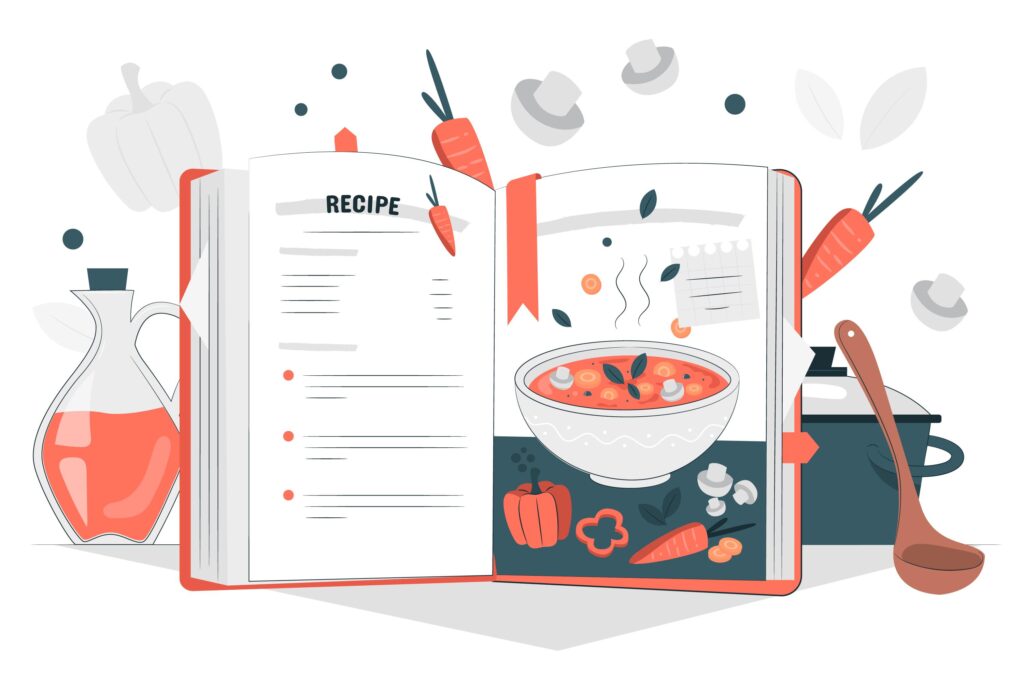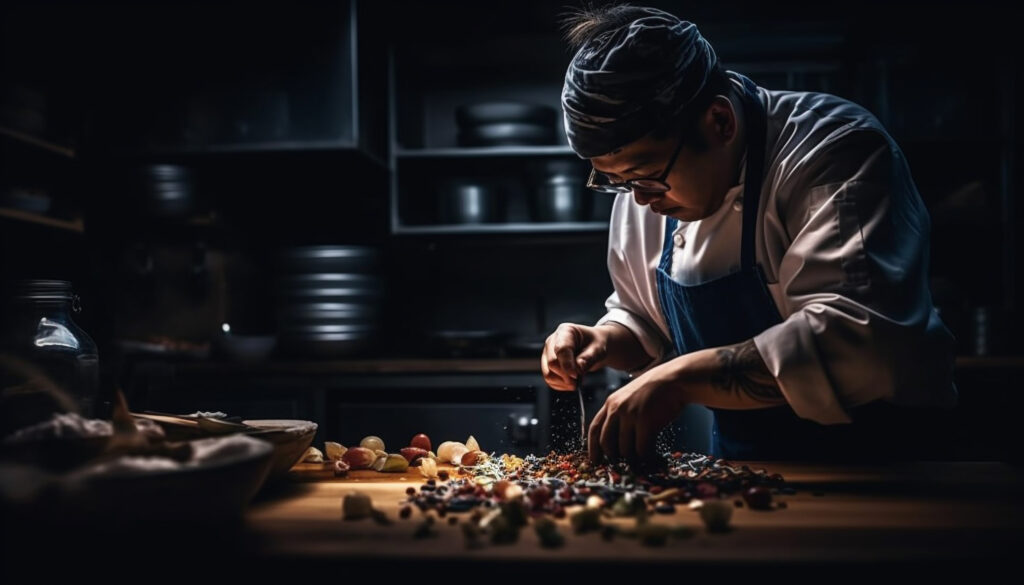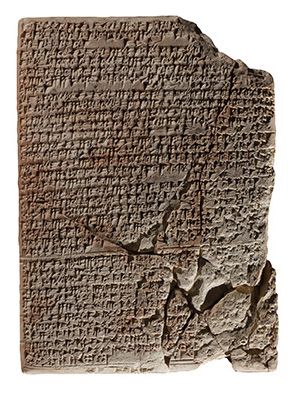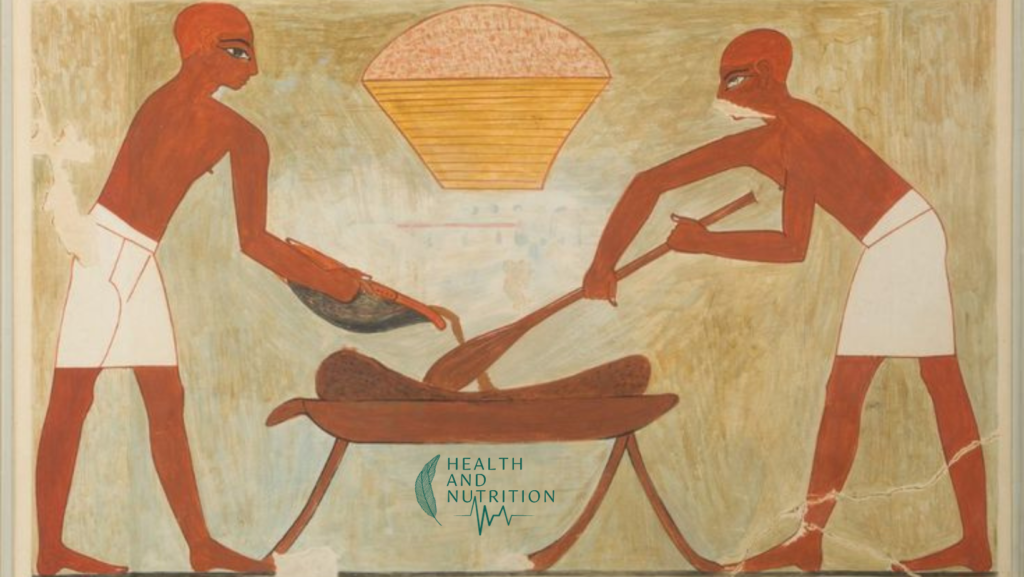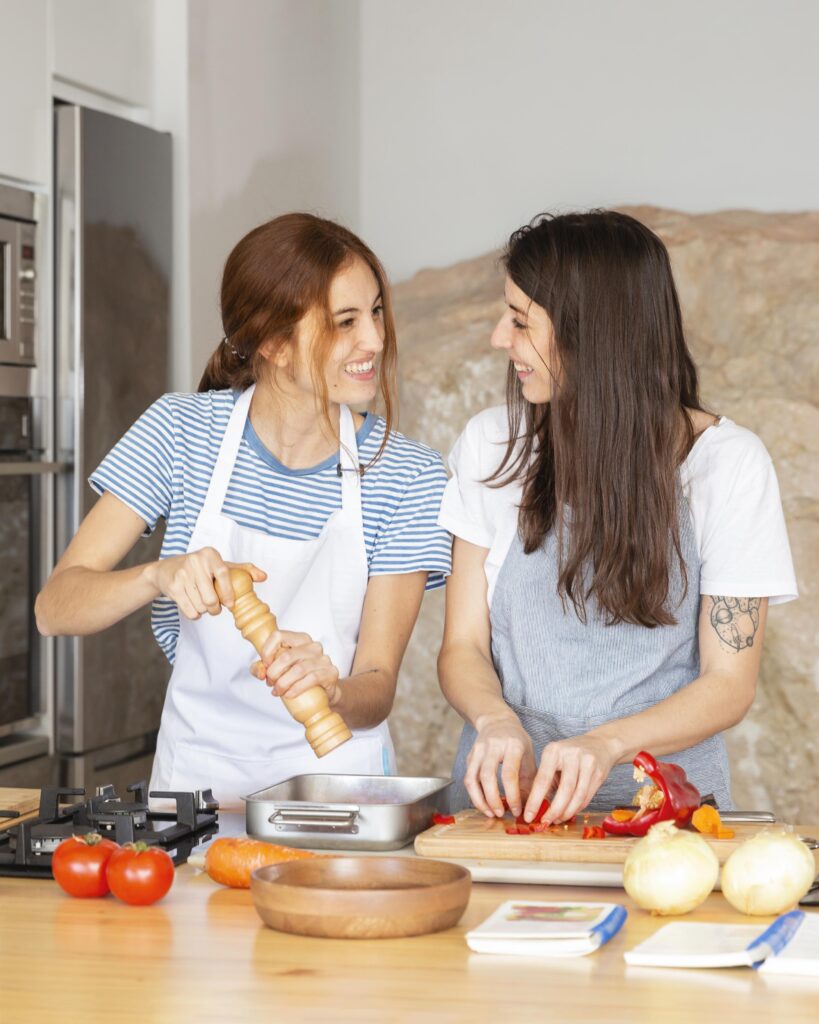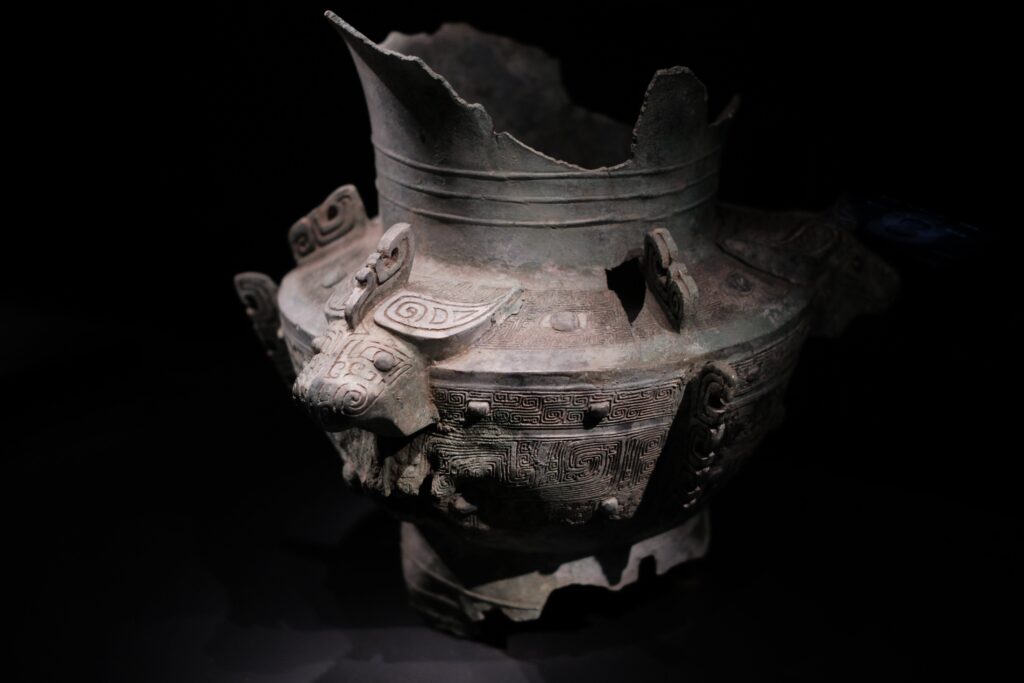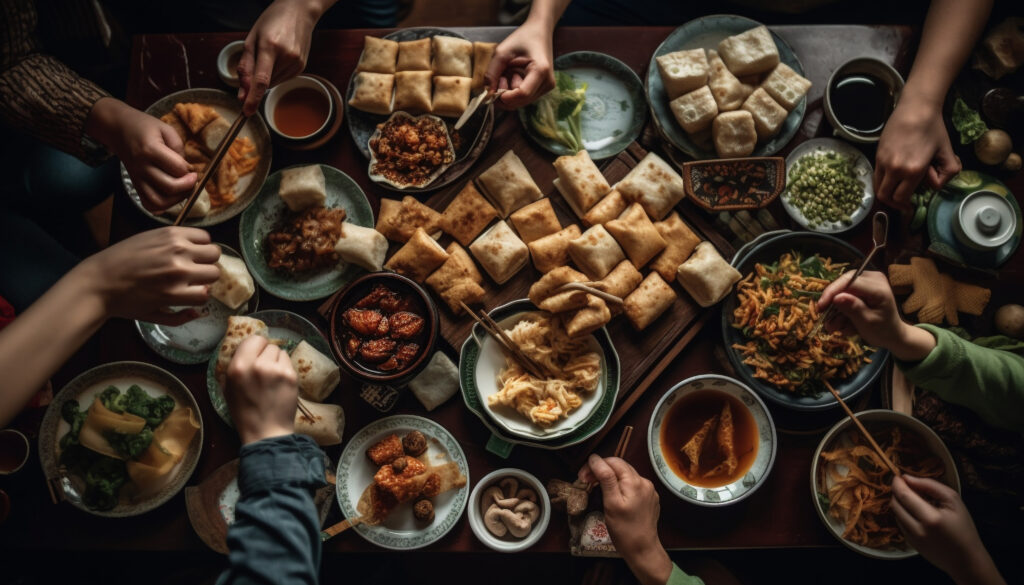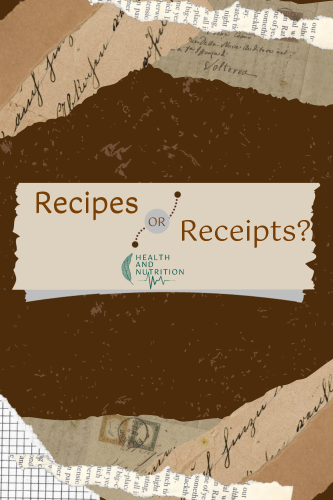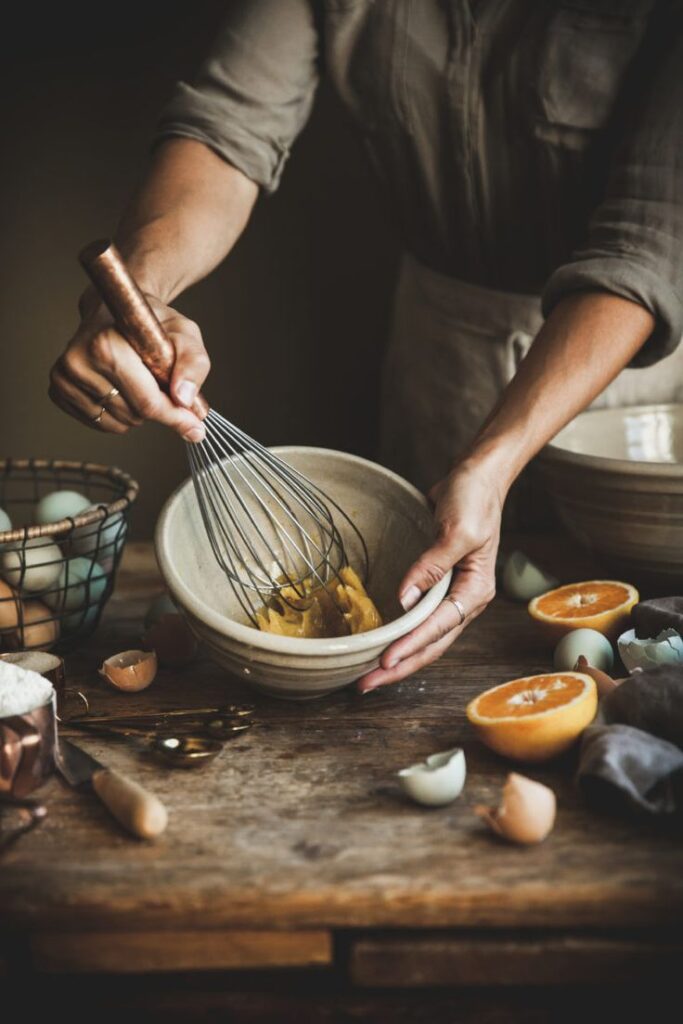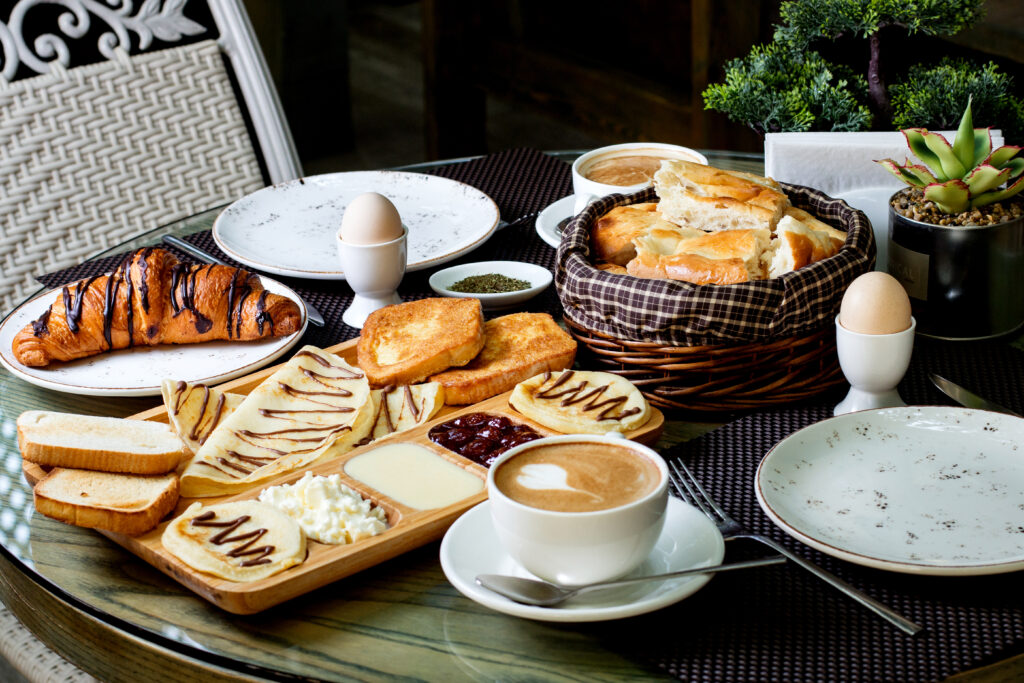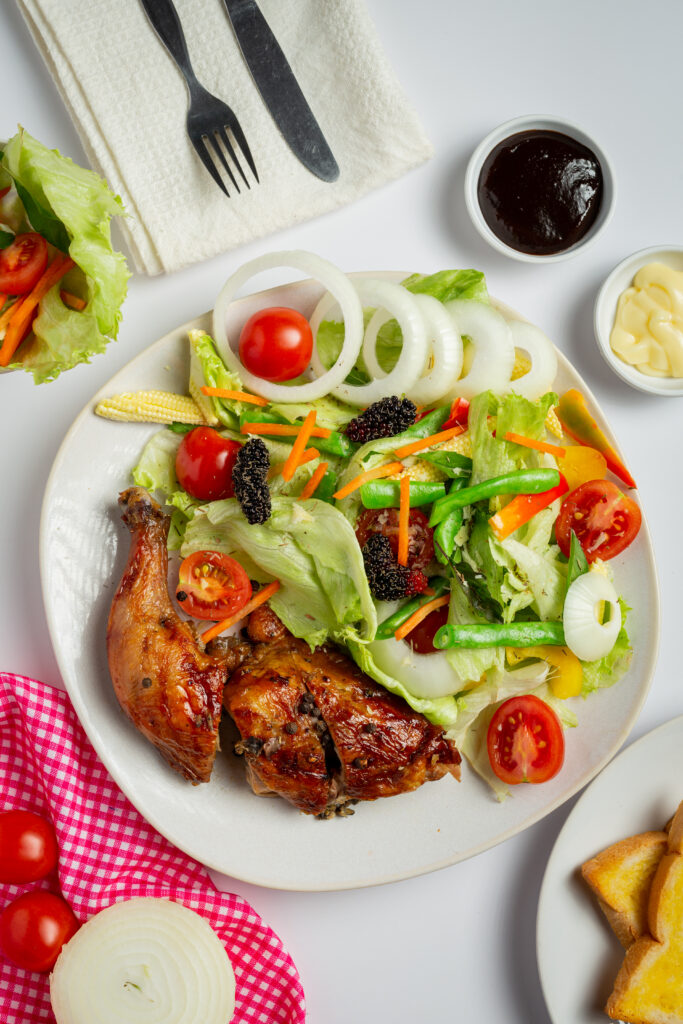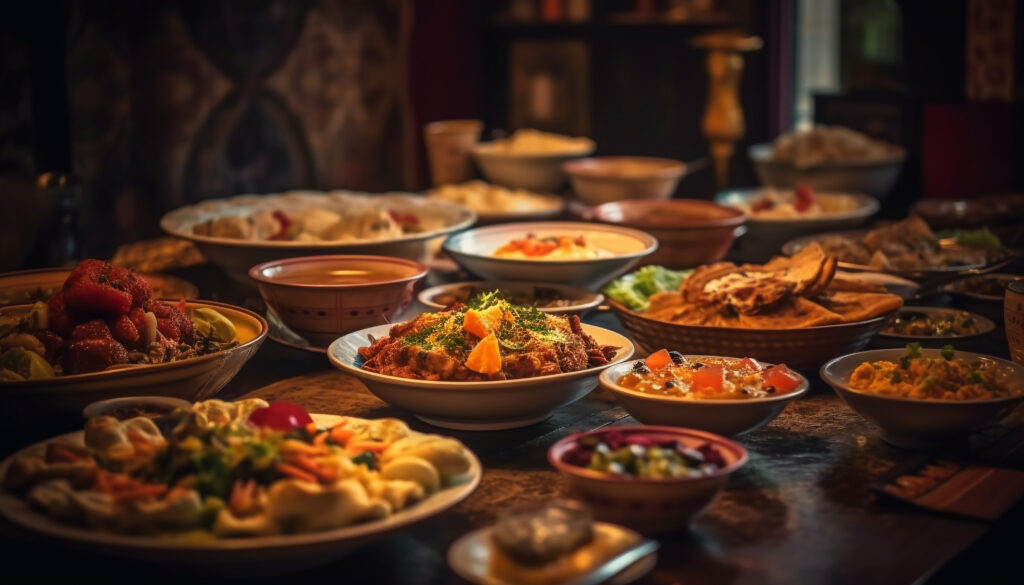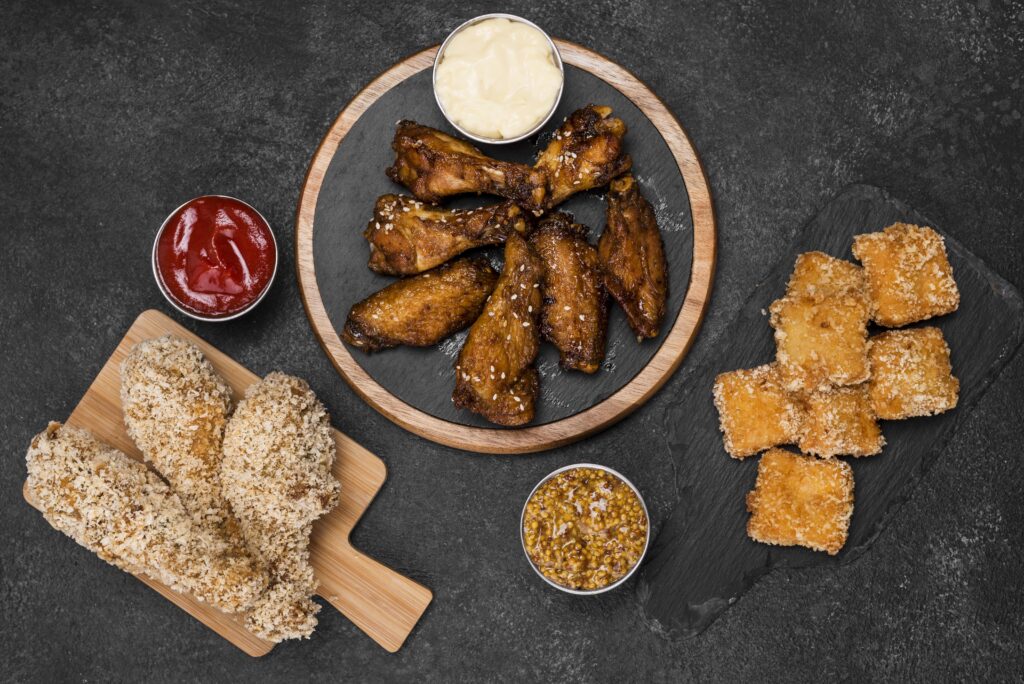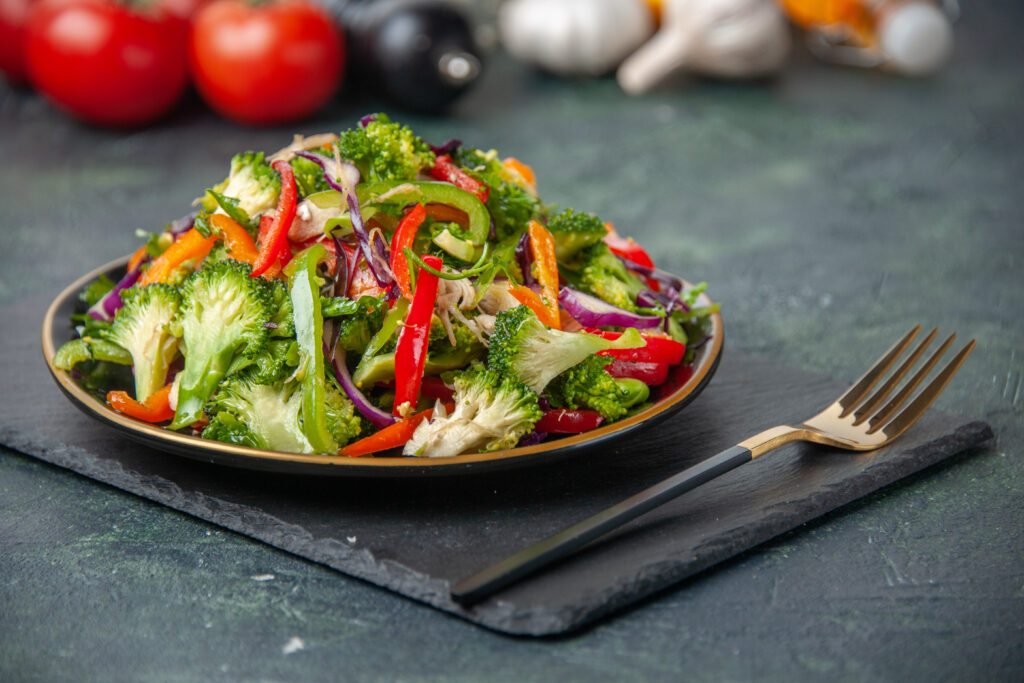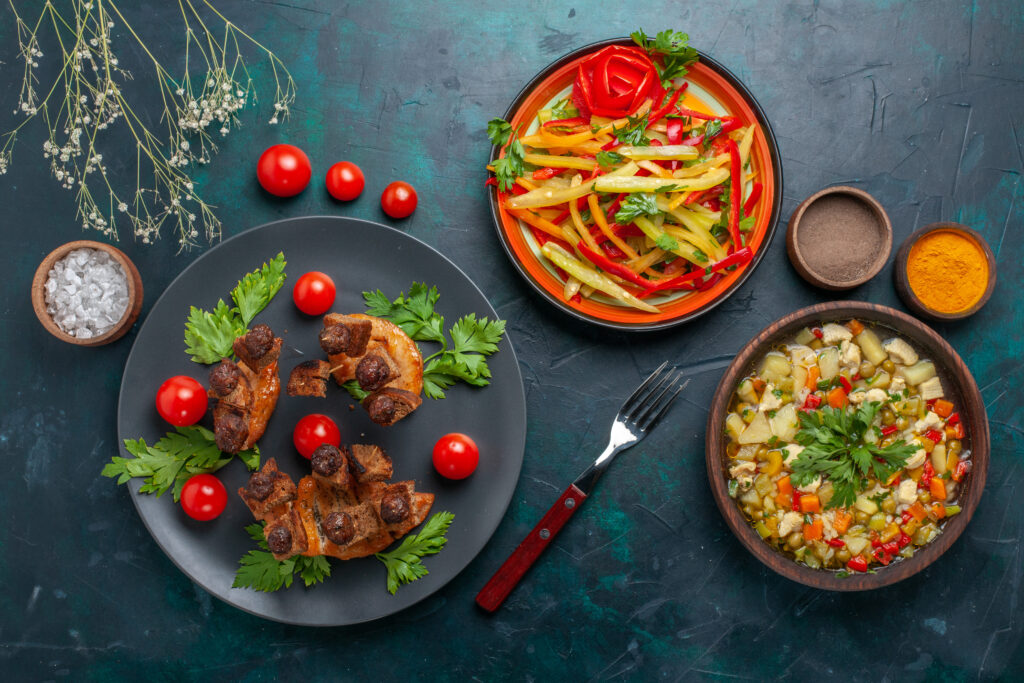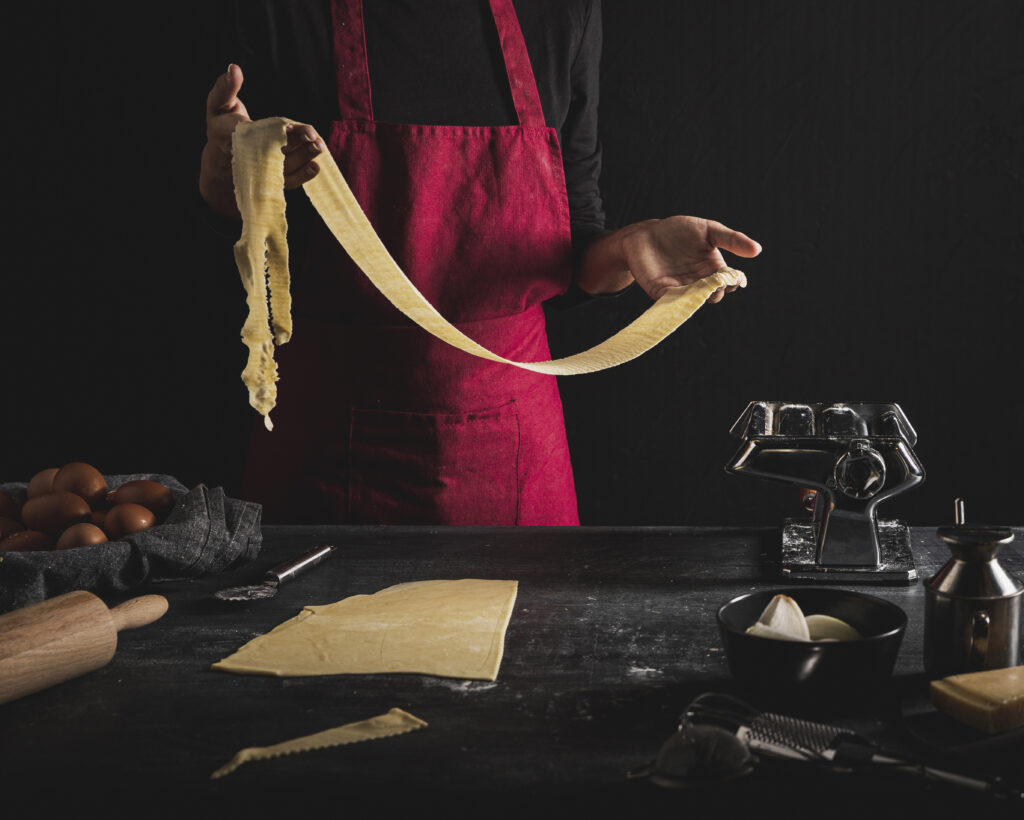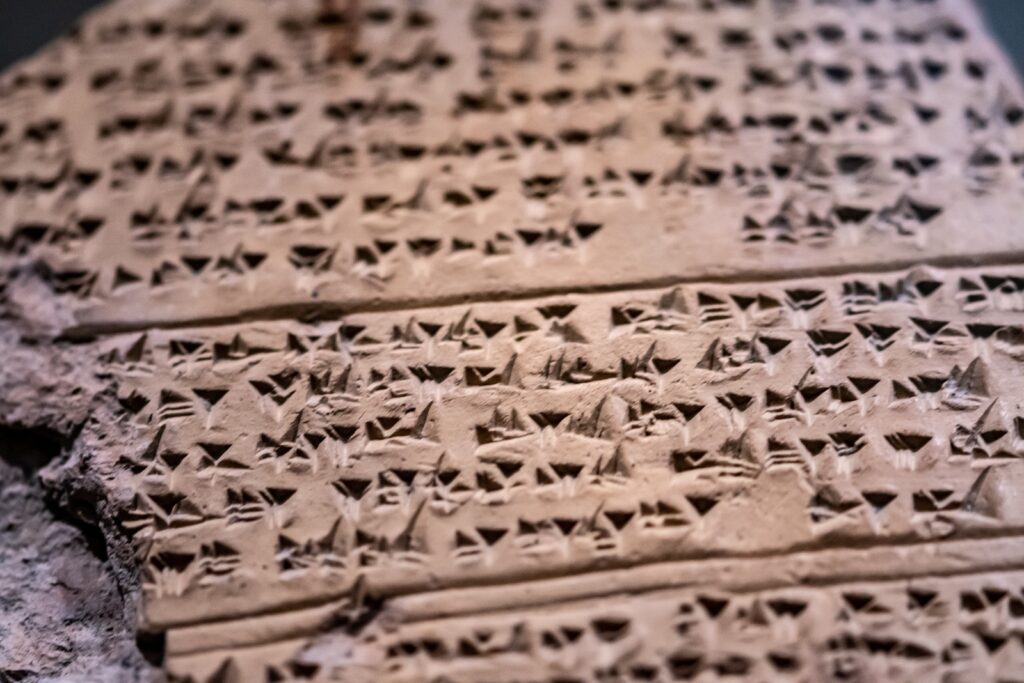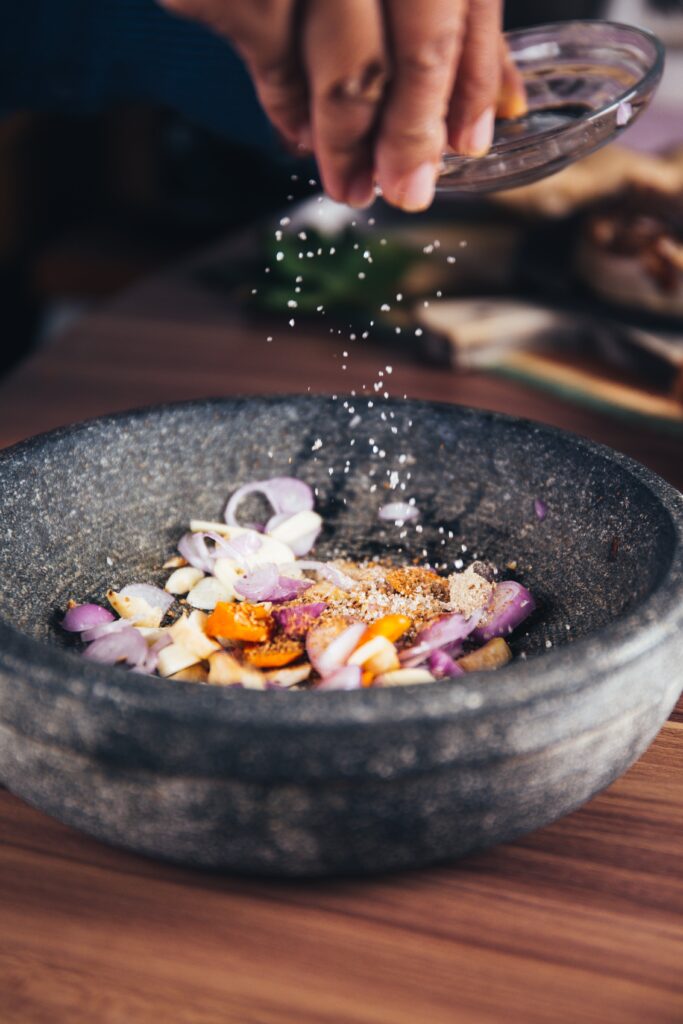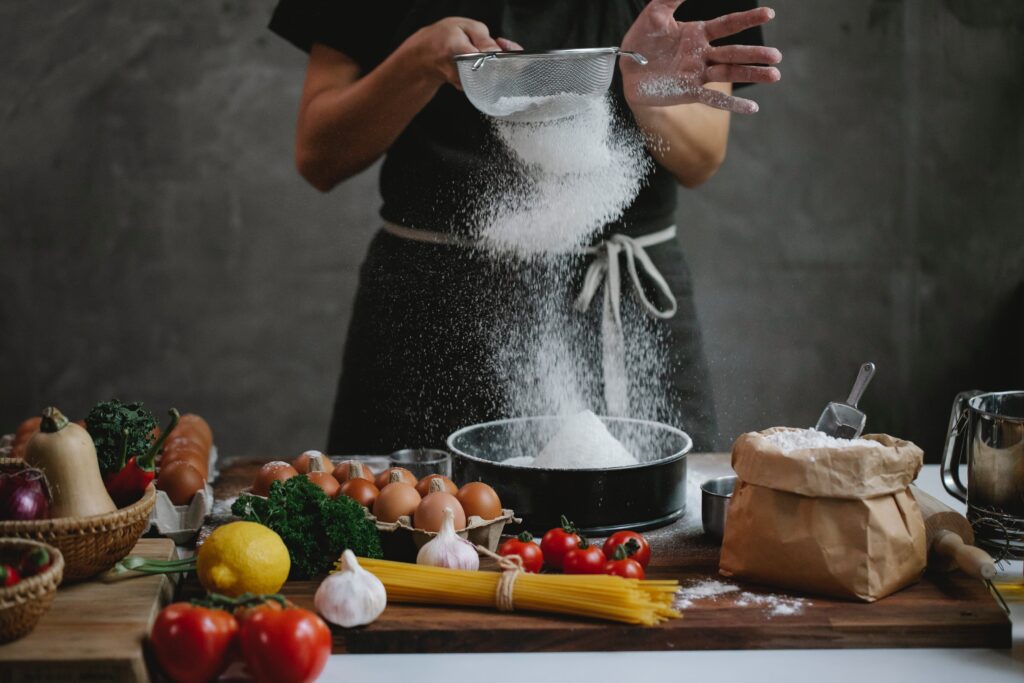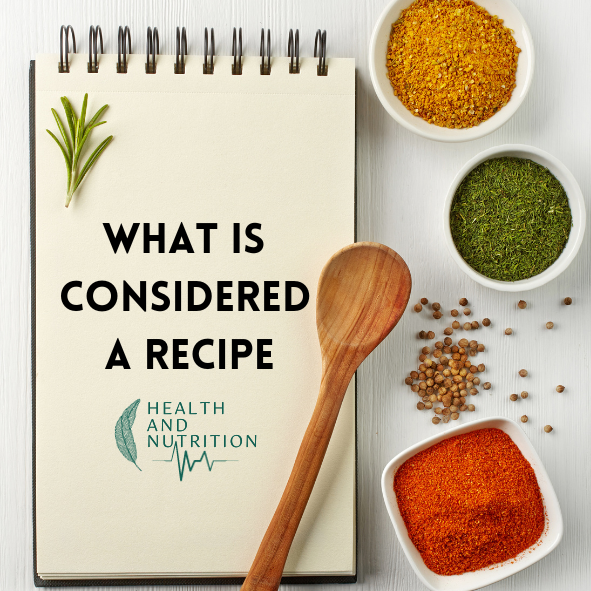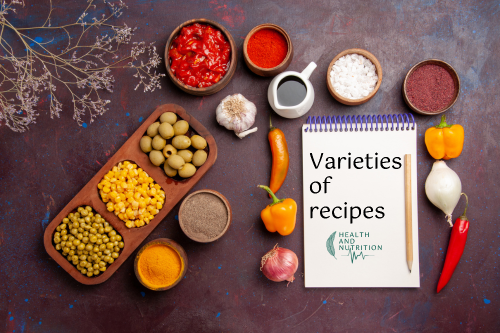How do chefs organize recipes?
Culinary Craftsmanship: Unveiling the Art of Recipe Organization
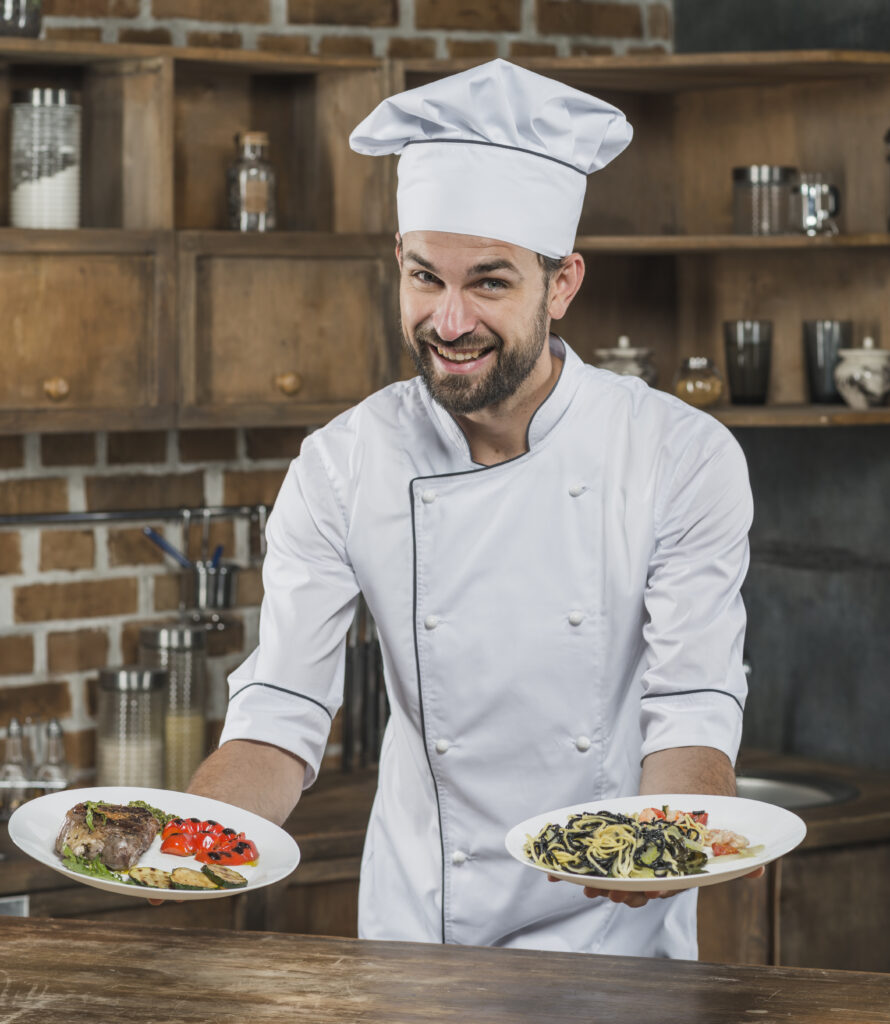
Overview of How do chefs organize recipes?
In How do chefs organize recipes? we will cover the bustling realm of professional kitchens where culinary artistry intertwines with the precision of time and technique chefs skillfully navigate through their extensive repertoire of recipes meticulously curated and organized for seamless execution. Whether its a time honored dish passed down through generations or a modern innovation born from culinary exploration each recipe holds a unique and cherished place in a chef’s culinary arsenal.
The art of recipe organization for these culinary maestros is not merely a task but a reflection of their profound understanding of food and their mastery of culinary techniques. It is a system that empowers them to transform their culinary knowledge into delectable creations ensuring that the perfect recipe is always within reach ready to be brought to life with passion and precision.
The Foundation of Recipe Organization: Understanding the Chef’s Mind
In the realm of culinary artistry chefs are not merely cooks they are orchestrators of flavor custodians of culinary traditions and innovators who push the boundaries of gastronomy. Their minds are intricate tapestries woven with a deep understanding of food a mastery of culinary techniques and an unwavering passion for creating delectable experiences.
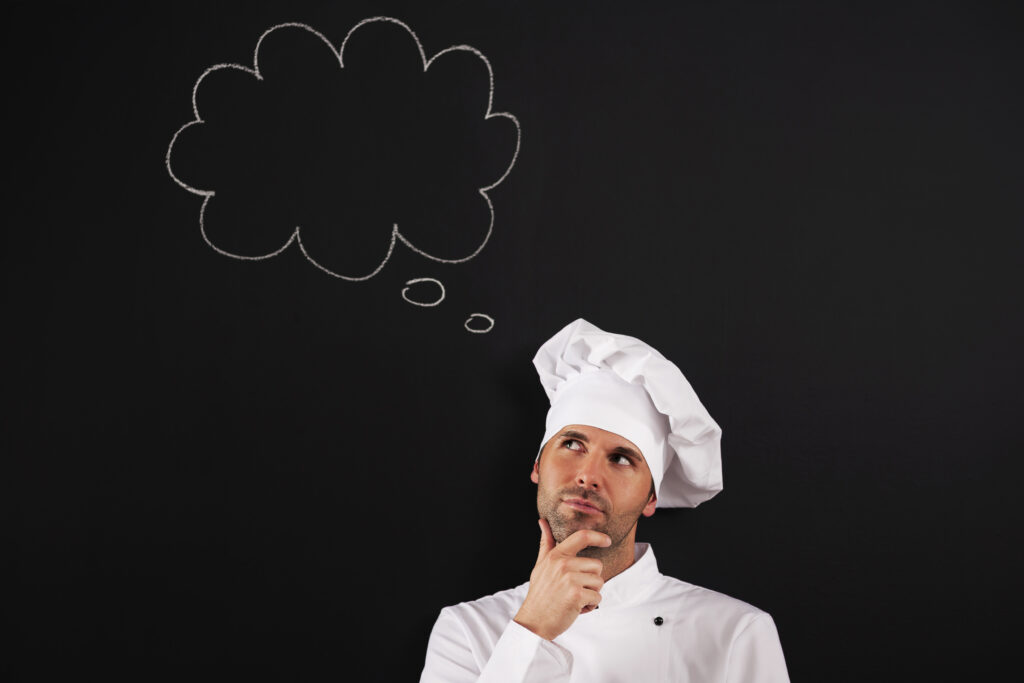
For them recipe organization is not just a mundane task of filing away information it is an art an expression of their culinary philosophy and a testament to their dedication to consistently delivering exceptional dishes.
Chefs approach recipe organization with a profound understanding of the intricacies of food and the nuances of culinary techniques. They recognize that each recipe is a unique narrative a story waiting to be told through the interplay of ingredients, flavors and textures. Their methods of organization are deeply personal reflecting their individual culinary philosophies the demands of their professional kitchens and the unique rhythm of their creative process.
Traditional Methods: Recipe Binders and Cards
For many chefs recipe binders and index cards remain the cornerstone of their organizational systems serving as tangible testaments to their culinary heritage and expertise. These physical repositories provide a sense of permanence allowing chefs to amass and preserve their vast collections of recipes over time.
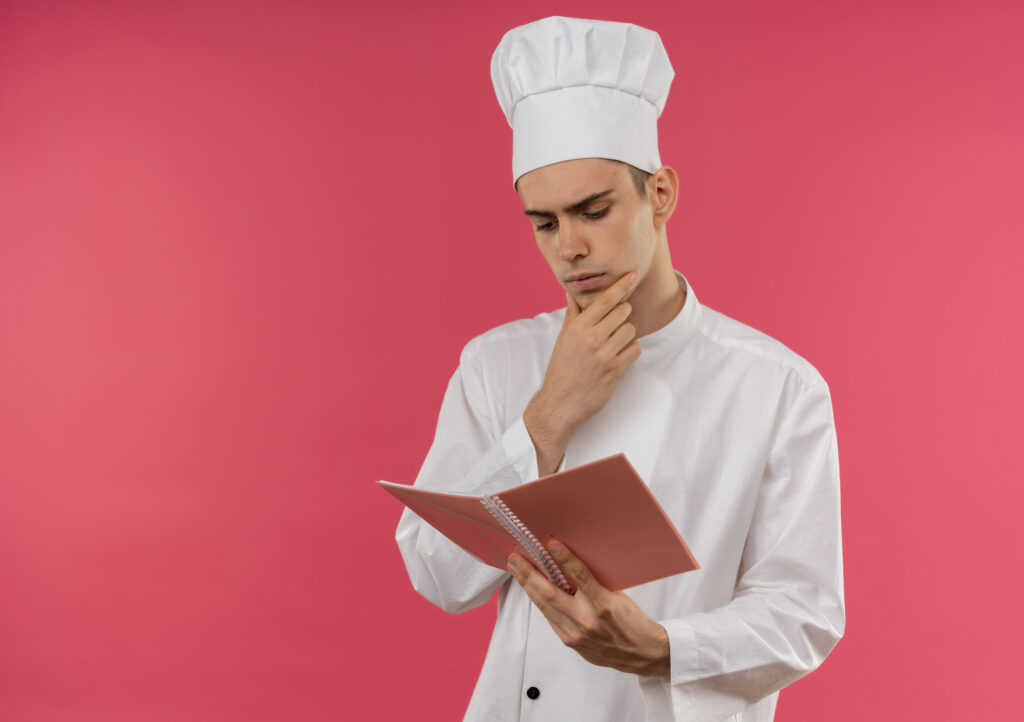
Recipe binders often lined with protective plastic sleeves offer a structured approach to categorization enabling chefs to organize their culinary creations by cuisine, course or even specific ingredients. Each binder becomes a culinary archive a physical manifestation of the chef’s culinary journey filled with recipes passed down through generations personal adaptations and innovative creations.
Index cards on the other hand provide a more flexible and adaptable approach to recipe organization. These versatile tools allow chefs to capture fleeting ideas, experiment with new techniques and jot down personal notes and modifications. They become a chef’s culinary sketchbook a place to record culinary inspirations, document trial and error experiments and personalize recipes with their unique touch.
Index cards with their handwritten notes, sketches and spattered ingredients offer a glimpse into the chefs creative process, revealing the passion, innovation and personal touches that make their culinary creations distinct.
Digital Solutions: Embracing Technology in the Kitchen
In the ever evolving culinary landscape chefs are not only masters of flavors and techniques but also savvy navigators of the digital world. They have embraced technology with open arms recognizing its potential to streamline recipe management, enhance accessibility and foster collaboration. Recipe management software, cloud based platforms and mobile apps have become indispensable tools for organizing, accessing and sharing their vast culinary repertoires.

These digital solutions offer a plethora of benefits that cater to the dynamic needs of professional chefs. Keyword search functionalities enable chefs to quickly locate specific recipes amidst their voluminous collections, saving precious time in the fast paced environment of a professional kitchen. Dietary restriction filters allow chefs to effortlessly tailor their menus to accommodate various dietary needs and preferences, ensuring that every diner can enjoy a delectable and inclusive culinary experience.
Cloud based platforms provide chefs with the convenience of accessing their recipes from anywhere, anytime. Whether they’re in the kitchen, at home, or on the go, chefs can seamlessly consult their recipe collections, making last minute adjustments or gathering inspiration for new creations. Moreover, these platforms facilitate collaboration among chefs, enabling them to share recipes, exchange ideas and collectively expand their culinary horizons.
The integration of technology into recipe management has not only enhanced efficiency but also opened up new avenues for culinary innovation. Chefs can now easily experiment with new techniques, incorporate global flavors and adapt recipes to suit local tastes. Digital tools have become catalysts for culinary exploration, empowering chefs to push the boundaries of gastronomy and create truly unforgettable dining experiences.
The Art of Categorization: Finding Order in the Culinary Chaos
To navigate through their vast culinary repertoires chefs employ various categorization techniques transforming their recipe collections into organized and easily accessible archives. These methods often developed through years of experience and personal preferences reflect the chefs’ deep understanding of food and their desire to ensure the consistent delivery of exceptional dishes.

Cuisine based categorization provides a logical framework for organizing recipes by their geographical origins. Chefs can group recipes by French, Italian, Asian or any other cuisine allowing them to quickly locate dishes that align with specific cultural flavors and culinary traditions. This approach is particularly useful for chefs who specialize in a particular cuisine or who frequently create menus that showcase diverse culinary influences.
Course based categorization focuses on the order in which dishes are typically served within a meal. Recipes can be grouped into appetizers, main courses, side dishes, desserts and beverages. This method is particularly useful in professional kitchens where chefs need to efficiently prepare and sequence dishes to deliver a seamless dining experience.
Ingredient based categorization prioritizes the primary ingredients used in recipes. Recipes can be sorted by chicken, seafood, vegetables, grains, legumes or any other ingredient that serves as the foundation of the dish. This approach is particularly useful for chefs who need to quickly find recipes that fit within specific dietary restrictions or that utilize seasonal ingredients.
Occasion based categorization groups recipes by the events or celebrations for which they are typically prepared. Recipes can be categorized by holidays, seasonal celebrations, family gatherings or even everyday meals. This method is particularly useful for chefs who need to plan menus for special occasions or who want to ensure that they have a repertoire of dishes suitable for various gatherings.
By employing a combination of these categorization techniques chefs transform their recipe collections into well organized and easily searchable repositories of culinary knowledge. These methods not only enhance efficiency in the kitchen but also foster culinary creativity allowing chefs to draw inspiration from diverse cuisines, courses, ingredients and occasions to create truly remarkable dining experiences.
Personalizing the Recipe Collection: Adding a Chef’s Touch
Chefs are not merely cooks they are culinary artists, storytellers and innovators. Their recipe collections are not just collections of instructions they are living testaments to their culinary journeys, filled with personal notes, modifications and creative adaptations that reflect their unique culinary perspectives. These personal touches transform recipes from mere blueprints into dynamic expressions of culinary artistry, allowing chefs to showcase their expertise, experiment with new flavors and leave their indelible mark on the culinary landscape.
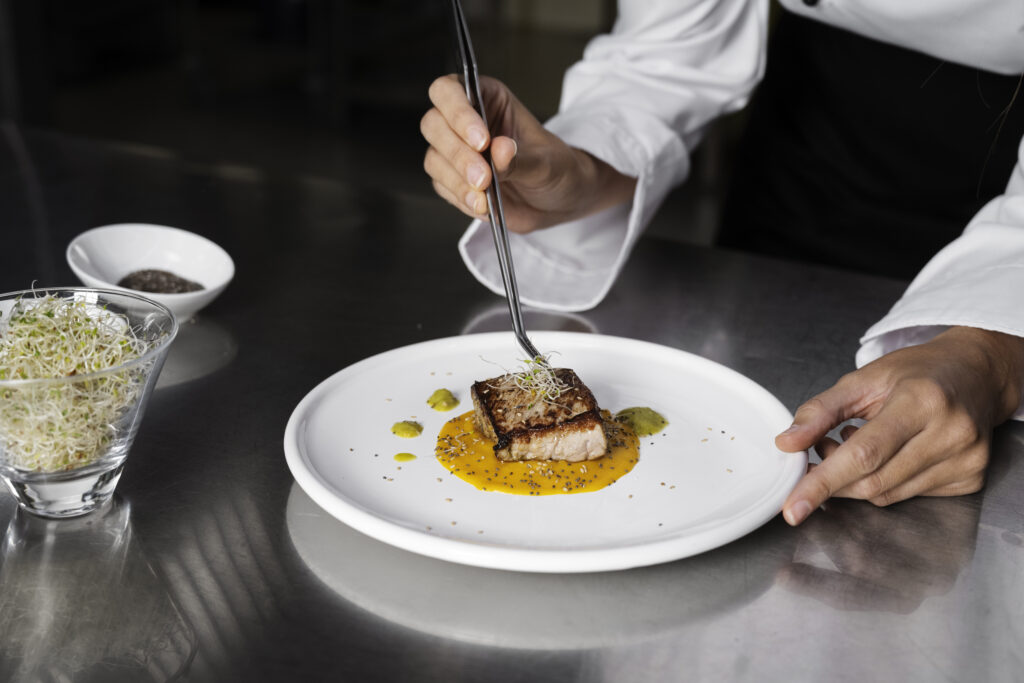
Chefs often annotate their recipes with personal notes, capturing insights gained from years of experience and experimentation. These handwritten annotations serve as valuable guides, providing tips on ingredient substitutions, cooking techniques and presentation ideas. They become personal culinary diaries offering a glimpse into the chef’s creative process and the lessons learned along the culinary journey.
Modifications are the lifeblood of culinary innovation. Chefs are constantly refining and adapting recipes, drawing inspiration from global cuisines, incorporating seasonal ingredients and tailoring dishes to suit individual preferences. Their recipe collections become dynamic canvases where they experiment with new flavor combinations, explore innovative techniques and create dishes that reflect their evolving culinary sensibilities.
Creative adaptations are the hallmark of a chef’s culinary artistry. By adding their personal touches chefs transform recipes into masterpieces showcasing their unique culinary perspectives and leaving their indelible mark on the world of gastronomy. They may substitute ingredients to accommodate dietary restrictions incorporate unconventional flavor pairings or present dishes in unexpected ways. These creative adaptations become the chef’s signature distinguishing their culinary creations from the ordinary and elevating the dining experience to an art form.
The personalization of recipe collections is not merely an act of organization it is a testament to the chef’s passion for food, their dedication to culinary excellence and their unwavering commitment to creating unforgettable dining experiences. Through their personal touches, chefs infuse their recipes with their unique culinary identities, transforming them into living legacies that inspire culinary enthusiasts and enrich the world of gastronomy.
The Role of Recipe Management in Culinary Success
The last part of How do chefs organize recipes? tells that the effective recipe organization is not just a matter of neatly arranged files and folders it is the foundation upon which a chef’s culinary success is built. A well organized recipe collection empowers chefs to navigate the fast paced demanding environment of a professional kitchen with precision and efficiency ensuring that each dish they create is a symphony of flavors and textures.

Swift Recipe Access: In the heat of the kitchen where every second counts the ability to locate the right recipe at a glance is paramount. An organized system ensures that chefs can seamlessly access the recipes they need without wasting precious time flipping through pages or searching through cluttered folders.
Consistent Quality and Consistency: Culinary excellence hinges on consistency the ability to replicate a dish’s flavors, textures and presentation time after time. A well organized recipe collection provides chefs with the clear instructions and precise measurements they need to deliver consistently exceptional dishes delighting their patrons with every bite.
Knowledge Sharing and Culinary Legacy: A chef’s culinary knowledge is a precious treasure passed down through generations and enriched by personal experiences. Effective recipe organization facilitates the sharing of this culinary heritage, enabling chefs to pass on their recipes, techniques and insights to colleagues and aspiring chefs ensuring the preservation of culinary traditions and the perpetuation of culinary excellence.
Culinary Innovation and Adaptation: A chef’s journey is one of continuous exploration and innovation an organized recipe collection serves as a springboard for creativity allowing chefs to easily revisit and adapt their recipes, incorporating new ingredients, techniques and flavor combinations to push the boundaries of culinary artistry.
Summary of How do chefs organize recipes?
In the realm of culinary artistry where passion meets precision recipe organization stands as a cornerstone of a chef’s mastery. It is not merely a mundane task of filing away information it is an art that reflects a chef’s profound understanding of food their unwavering dedication to excellence and their unwavering commitment to creating unforgettable dining experiences.
Whether meticulously curating recipe binders and index cards or skillfully navigating the digital realm of recipe management software chefs transform their culinary knowledge into organized and accessible repositories of culinary wisdom. These collections infused with personal notes, modifications and creative adaptations become testaments to a chef’s culinary journey, preserving their heritage, inspiring innovation and ensuring that their culinary legacy lives on to delight generations of food enthusiasts.
In How do chefs organize recipes? we explore how chefs employ a variety of methods to organize their vast recipe repertoires, from traditional binders and index cards to digital solutions. This effective recipe organization plays a crucial role in their culinary success, enabling them to access recipes quickly, maintain consistent quality, share knowledge and preserve their culinary heritage.
YOU MAY ALSO LIKE THESE – THESE TOPICS ARE RELATED TO THE CURRENT TOPIC WHICH IS “HOW DO CHEFS ORGANIZE RECIPES?“
- What is considered a recipe? – Main
- Why is it called a recipe?
- What are the 7 common recipe categories?
- Why are old recipes called receipts?
- Who made the first recipe?
If you still have any questions, feel free to mention us in the comments section or explore the FAQs section. OR You can also contact us on our Facebook Page
FAQ
Why is recipe organization important for chefs?
In this article How do chefs organize recipes? we discussed how chefs must organize their recipes for several reasons:
Efficiency: A well organized system allows chefs to quickly access the recipes they require, saving time and ensuring smooth kitchen operations.
Accuracy: Proper organization helps to prevent errors and misinterpretations ensuring that dishes are consistently prepared to the chef’s specifications.
Creativity: An organized recipe collection can inspire new culinary ideas and spark creativity.
Knowledge Sharing: Organized recipes encourage chefs to share their knowledge and learn from one another’s expertise.
Scaling and Adaptation: Organized recipes make it easier to scale recipes for various serving sizes and adapt them to meet specific dietary needs or preferences.
What are some of the most common ways chefs organize their recipes?
How do chefs organize recipes? shared that there are variety of methods to organize their recipes, each with its own set of benefits:
Recipe Binders: Physical binders with dividers and tabs make it easy to categorize and retrieve recipes.
Digital Recipe Management Tools: Software and online platforms allow you to store, search, and modify recipes in one place.
Handwritten Notes and Cards: Some chefs prefer handwritten notes or recipe cards for their personal touch and flexibility.
Color Coding System: Assigning different colors to different categories or cuisines can help with visual organization.
Cross Reference: Making links between recipes and related ingredients, techniques or occasions makes navigation easier.
What are some pointers for keeping recipes organized at home?
How do chefs organize recipes? shared effective recipe organization and home cooks which can use techniques similar to chefs:
Course: Arrange recipes according to meal type, such as breakfast, lunch, dinner, snacks, and desserts.
Cuisine: Separate recipes based on culinary traditions or regions.
Use Keyword Tags: Add relevant tags to recipes to facilitate keyword searches.
Rate and Review Recipes: Keep track of personal experiences with recipes, which can help you make more informed decisions when choosing dishes.
Consider Storage Options: Select storage methods based on your preferences and space constraints.
How can chefs improve recipe organization by utilizing technology?
How do chefs organize recipes? tells that the technology provides a variety of tools to help with recipe organization:
Recipe Management Apps: These apps offer a user-friendly interface for storing, searching, and categorizing recipes.
Cloud Storage Services: Recipes can be accessed from any device thanks to cloud-based storage.
OCR Technology: Tools for optical character recognition (OCR) can convert handwritten recipes into digital text, making organization easier.
Platforms for Recipe Sharing: Online platforms enable chefs to share and collaborate on recipes with colleagues and enthusiasts.
Voice Assistants: Voice assistants can help with hands free recipe searches in the kitchen.
How can chefs keep their recipe organization going over time?
In How do chefs organize recipes? we discussed that the regular maintenance is required to keep an organized recipe collection:
Periodic Reviews: Reevaluate the organization system on a regular basis to ensure its effectiveness.
Update Recipes: Keep recipes up to date with recent changes or improvements.
Archive Old Recipes: To save space and maintain clarity, consider archiving infrequently used recipes.
Share and Collaborate: Connect with other chefs to share organizational best practices and tips.
Adapt to Changing Needs: As culinary interests and cooking styles change, so should the organization system.
How do chefs organize recipes?
In How do chefs organize recipes? we explore how chefs employ a variety of methods to organize their vast recipe repertoires, from traditional binders and index cards to digital solutions. The core purpose of How do chefs organize recipes? helps you understand organizational techniques which often deeply personal and tailored to individual culinary philosophies, encompass both traditional and digital approaches.



